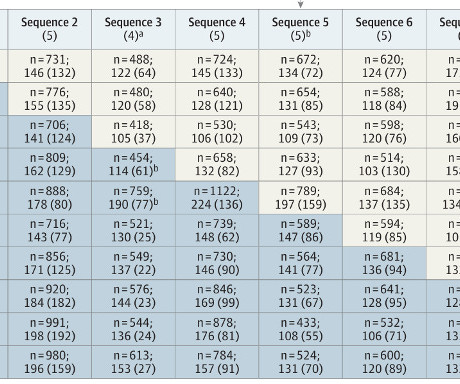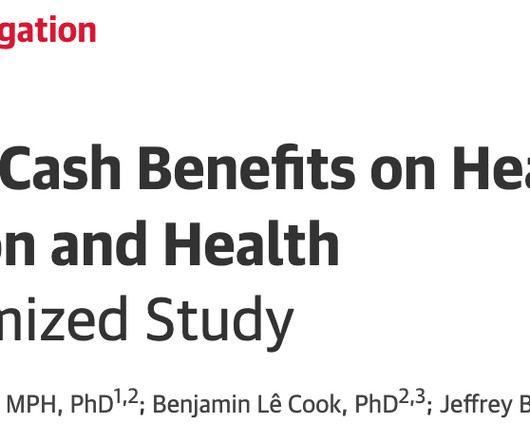Sepsis Screening Decreases Mortality. Well, not really.
Sensible Medicine
MARCH 14, 2025
This comment might be one of the reasons I’ve been skeptical of sepsis screening. If there is one thing a medicine resident or hospitalist should be able to do well is identify the patients who are sick and need attention. Maybe because of my skepticism, I’ve found studies of sepsis screening interesting.



















































Let's personalize your content